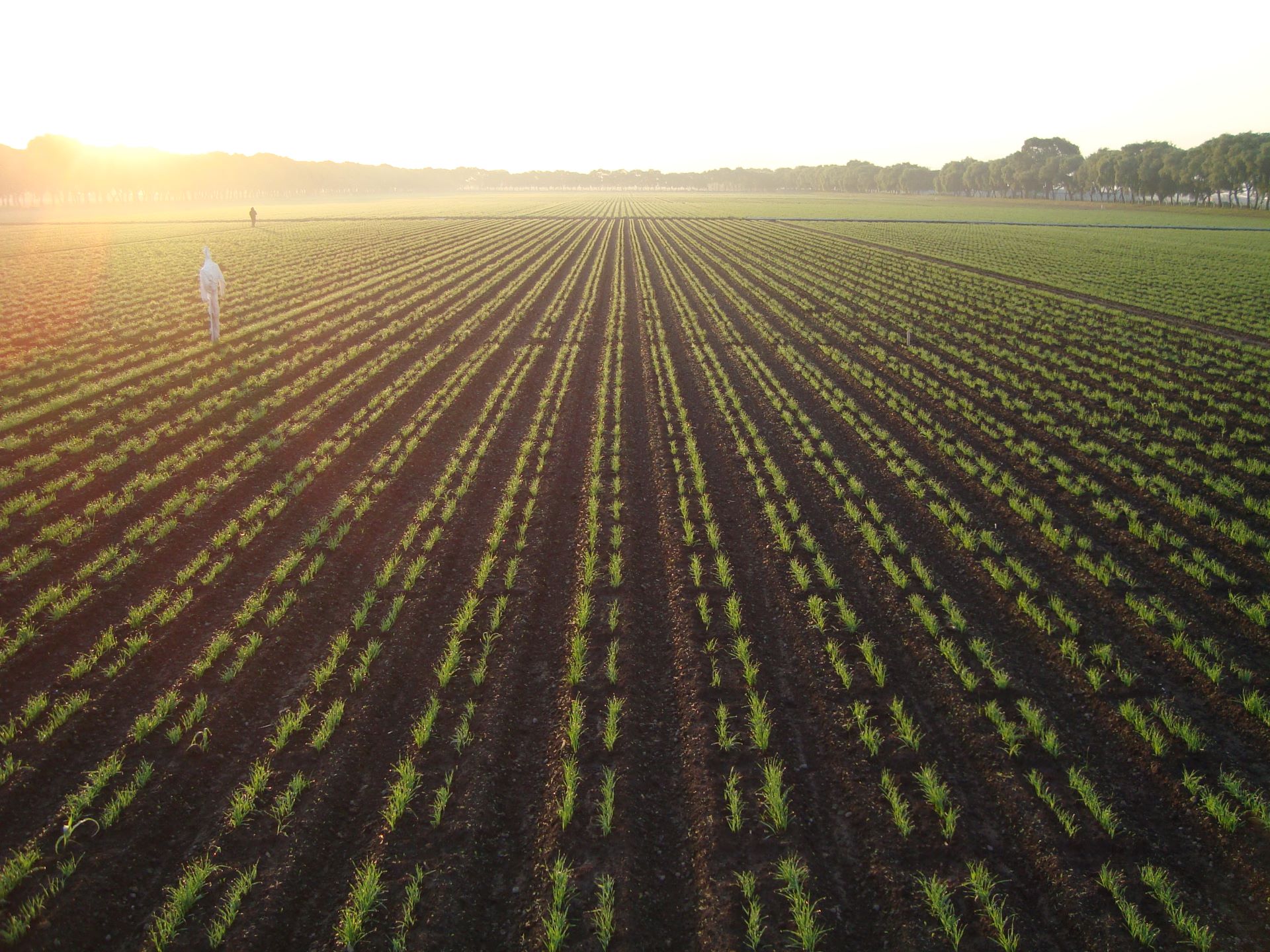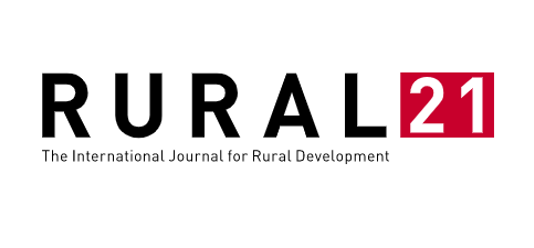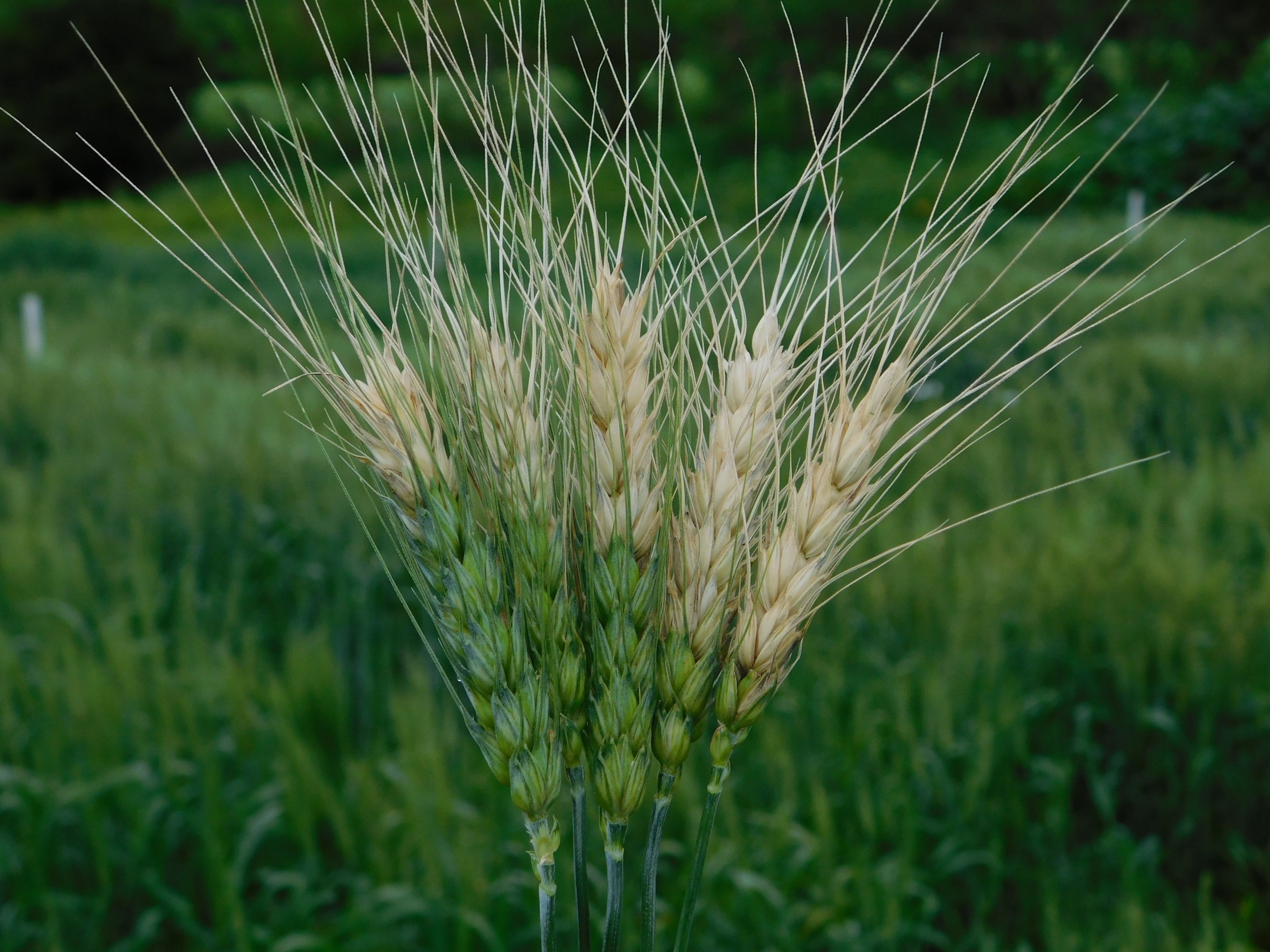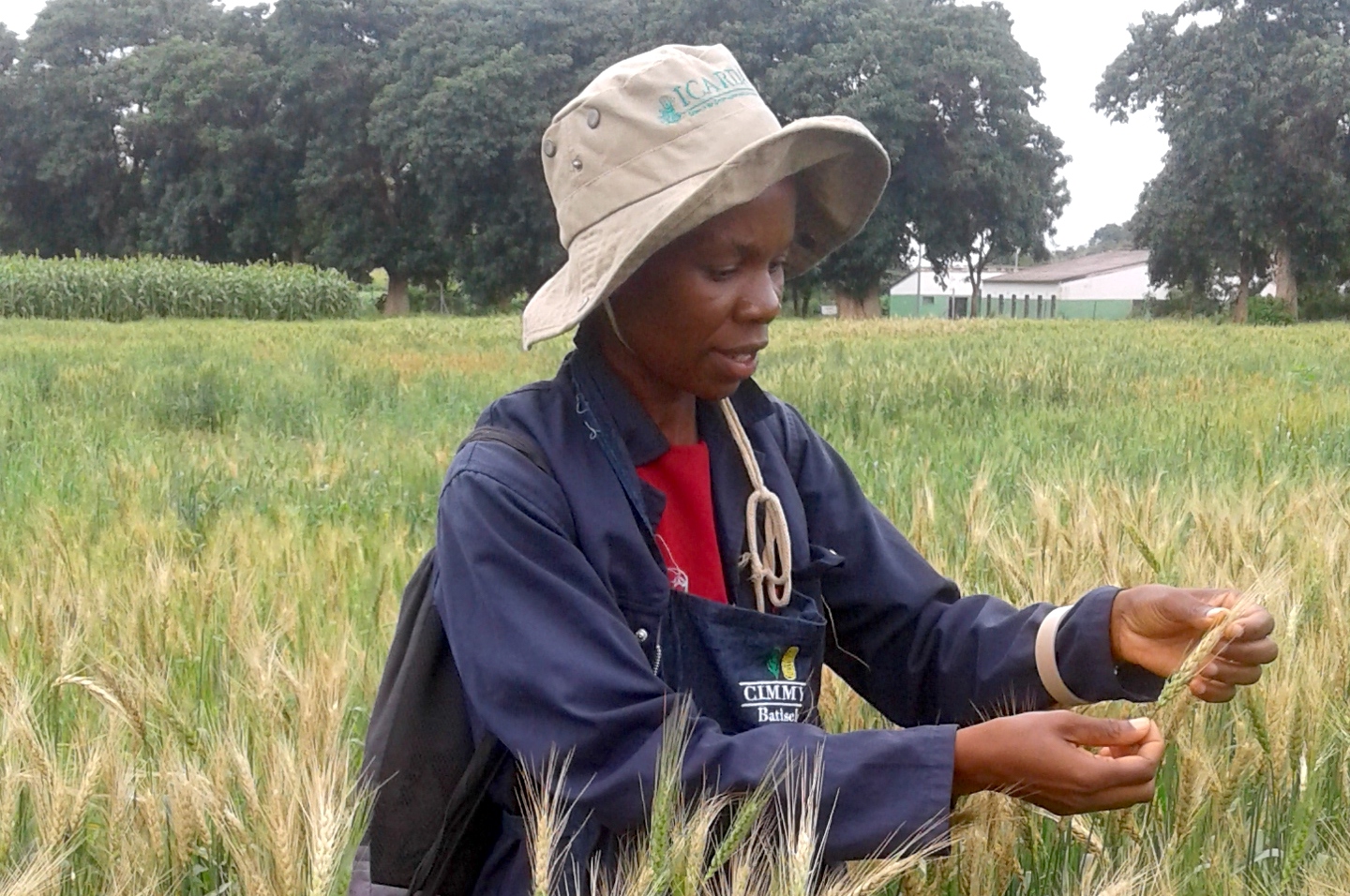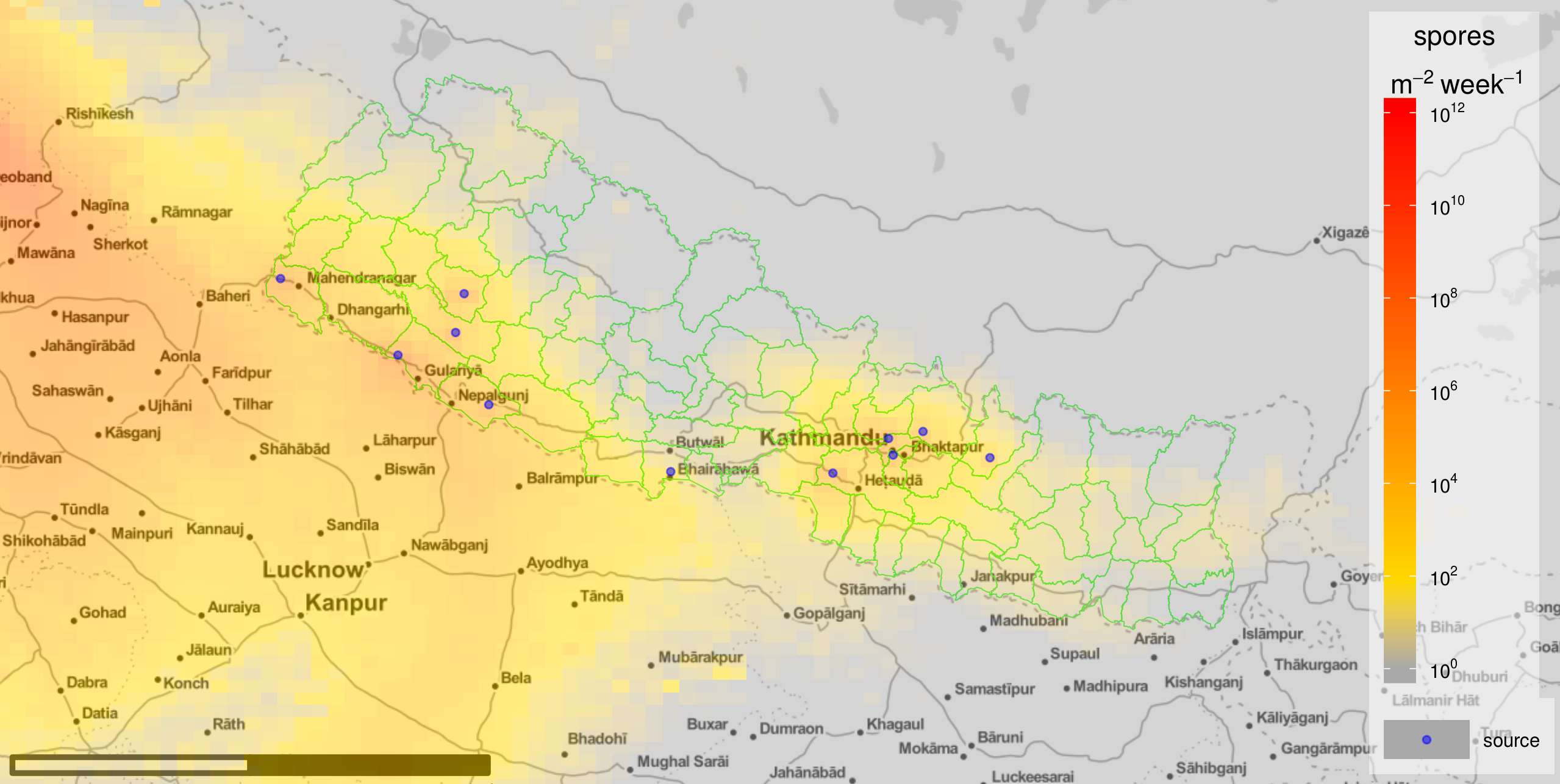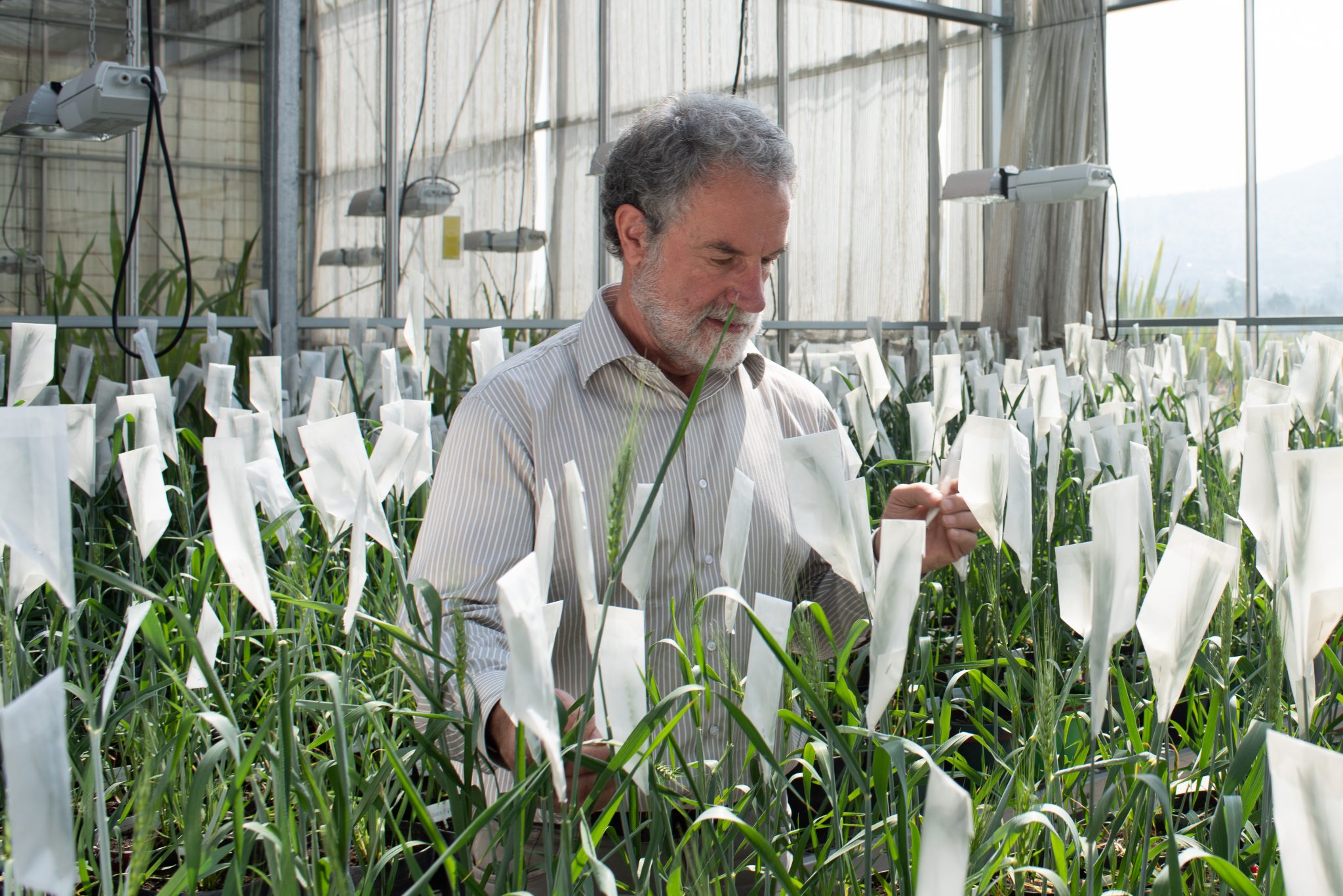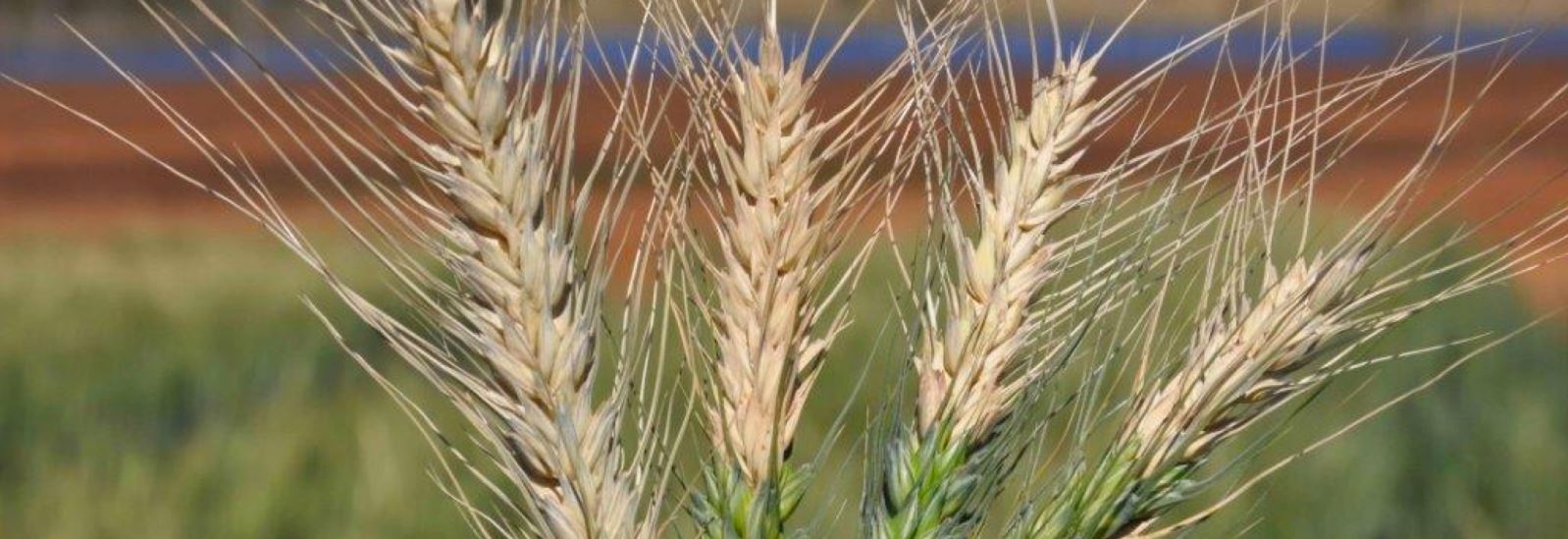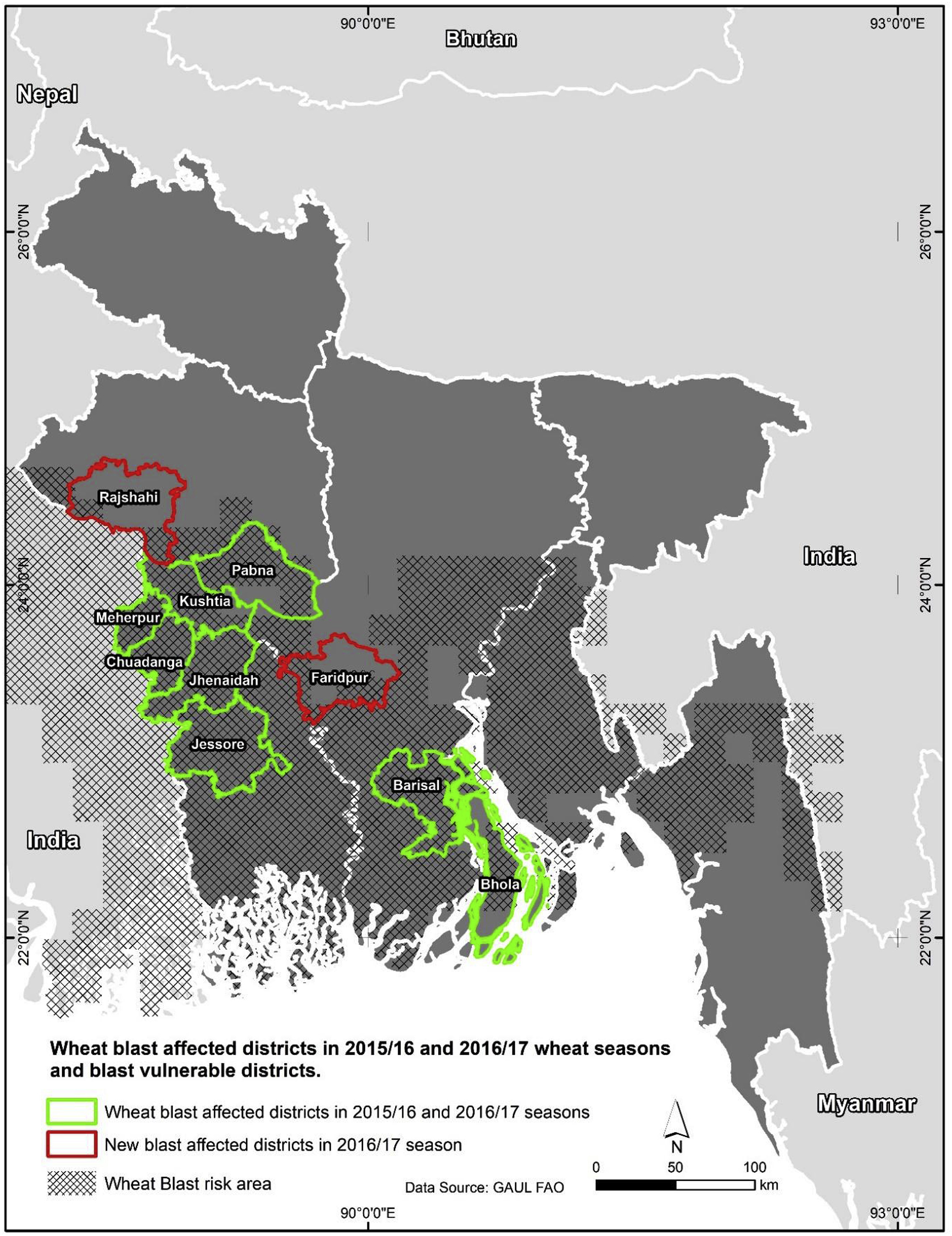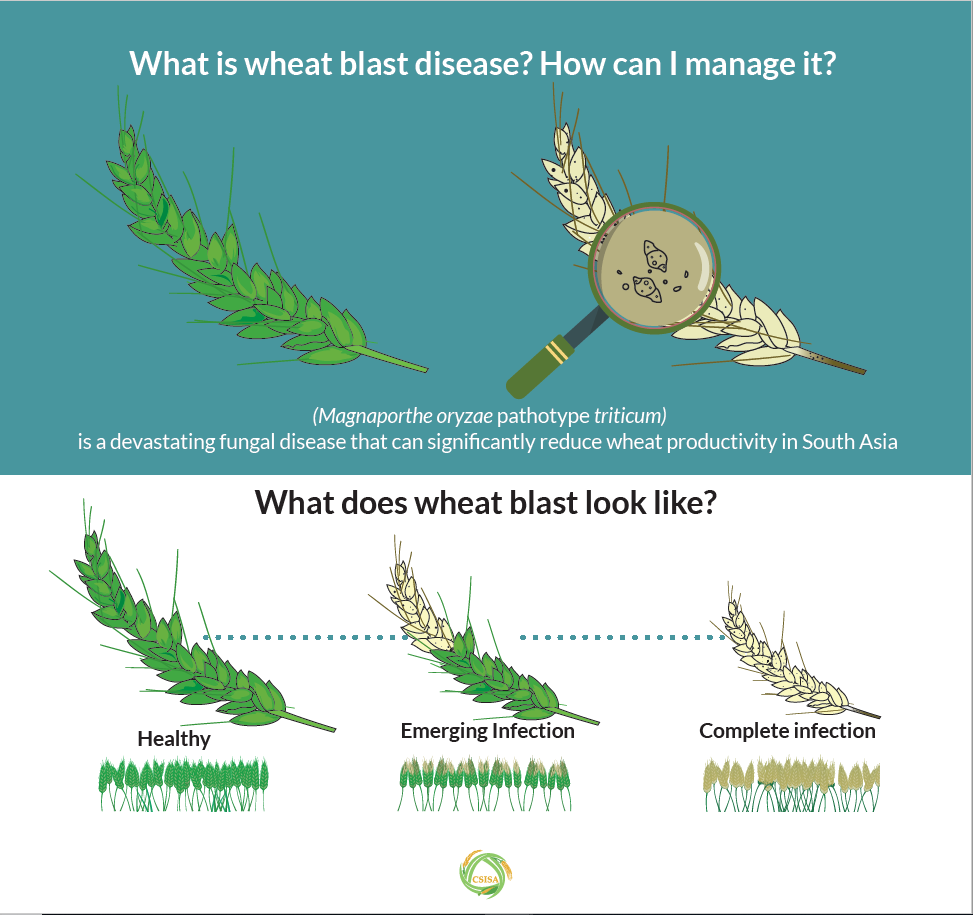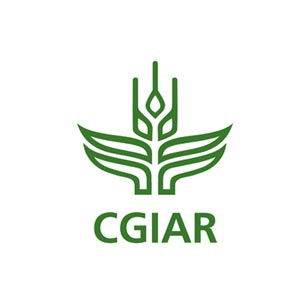wheat blast
Wheat blast is an important disease for warm and humid wheat production regions, caused by Magnaporthe oryzae pathotype Triticum.
The disease was first identified in the state of Paraná of Brazil in 1985, and it subsequently spread to other major wheat-producing areas of Brazil as well as several neighboring countries like Argentina, Bolivia and Paraguay. In recent years, wheat blast has been observed in Bangladesh and Zambia, threatening wheat production in Asia and Africa.
Field resistance source is mostly limited to 2NS carriers, which are being eroded by newly emerged MoT isolates, necessitating an urgent need for broadening the genetic basis of wheat blast resistance.
The changing climate (global warming and irregular rains) and the evolving tendency of the pathogen (increasing virulence, fungicide resistance and sexual recombination) can further aggravate disease incidence and severity.
CIMMYT is working on different strategies to mitigate the global threat of wheat blast, in collaboration with national agricultural research partners in Africa, Asia and Latin America.
“Historic” release of six improved wheat varieties in Nepal
 Innovations
Innovations
High-zinc and climate-resilient varieties poised to boost production for farmers and nutrition for consumers.
Wheat disease common to South America jumps to Africa
 Environmental health and biodiversity
Environmental health and biodiversity
Source: SciDev.Net (3 Nov 2020)
Wheat blast is a serious threat to wheat production and can lead to yield losses of up to 100 percent.
Wheat blast has made the intercontinental jump to Africa
 Environmental health and biodiversity
Environmental health and biodiversity
Source: Rural 21 (9 Oct 2020)
Wheat blast poses a serious threat to rain-fed wheat production in Zambia and raises the alarm for surrounding regions and countries on the African continent with similar environmental conditions.
Scientists find genomic regions associated with wheat blast resistance in CIMMYT nurseries
 Environmental health and biodiversity
Environmental health and biodiversity
Genomic-wide association study evaluated samples from Bolivia and Bangladesh for blast-resistant genes.
Wheat blast has made the intercontinental jump to Africa
 Nutrition, health and food security
Nutrition, health and food security
Researchers in Zambia confirm the arrival of this devastating fungal disease to the African continent.
Blast and rust forecast
 Climate adaptation and mitigation
Climate adaptation and mitigation
New project to deliver wheat disease warnings directly to farmers’ phones in Bangladesh and Nepal.
Crossing boundaries
 Nutrition, health and food security
Nutrition, health and food security
Looking at wheat diseases in times of the COVID-19 crisis.
What is wheat blast?
 Nutrition, health and food security
Nutrition, health and food security
Wheat blast is one of the most fearsome and intractable wheat diseases in recent decades. It spreads through infected seeds, crop residues as well as by spores that can travel long distances in the air, posing a major threat to wheat production in tropical areas.
The case for rushing farmer access to BARI Gom 33
 Nutrition, health and food security
Nutrition, health and food security
Researchers urge donor agencies to support the dissemination of new blast-resistant, biofortified wheat in Bangladesh.
New infographics illustrate impact of wheat blast
 Nutrition, health and food security
Nutrition, health and food security
They show how wheat blast spreads, its potential effect on wheat production in South Asia and ways farmers can manage it.
Wheat blast screening and surveillance training in Bangladesh
 Capacity development
Capacity development
Workshop participants learned how to use the latest in technology to identify and keep track of the deadly Wheat Blast disease.
